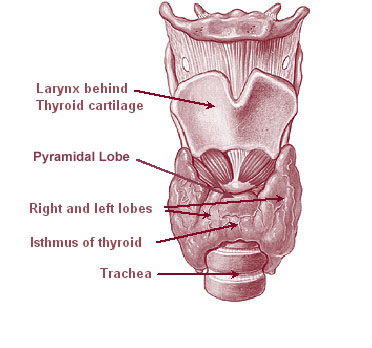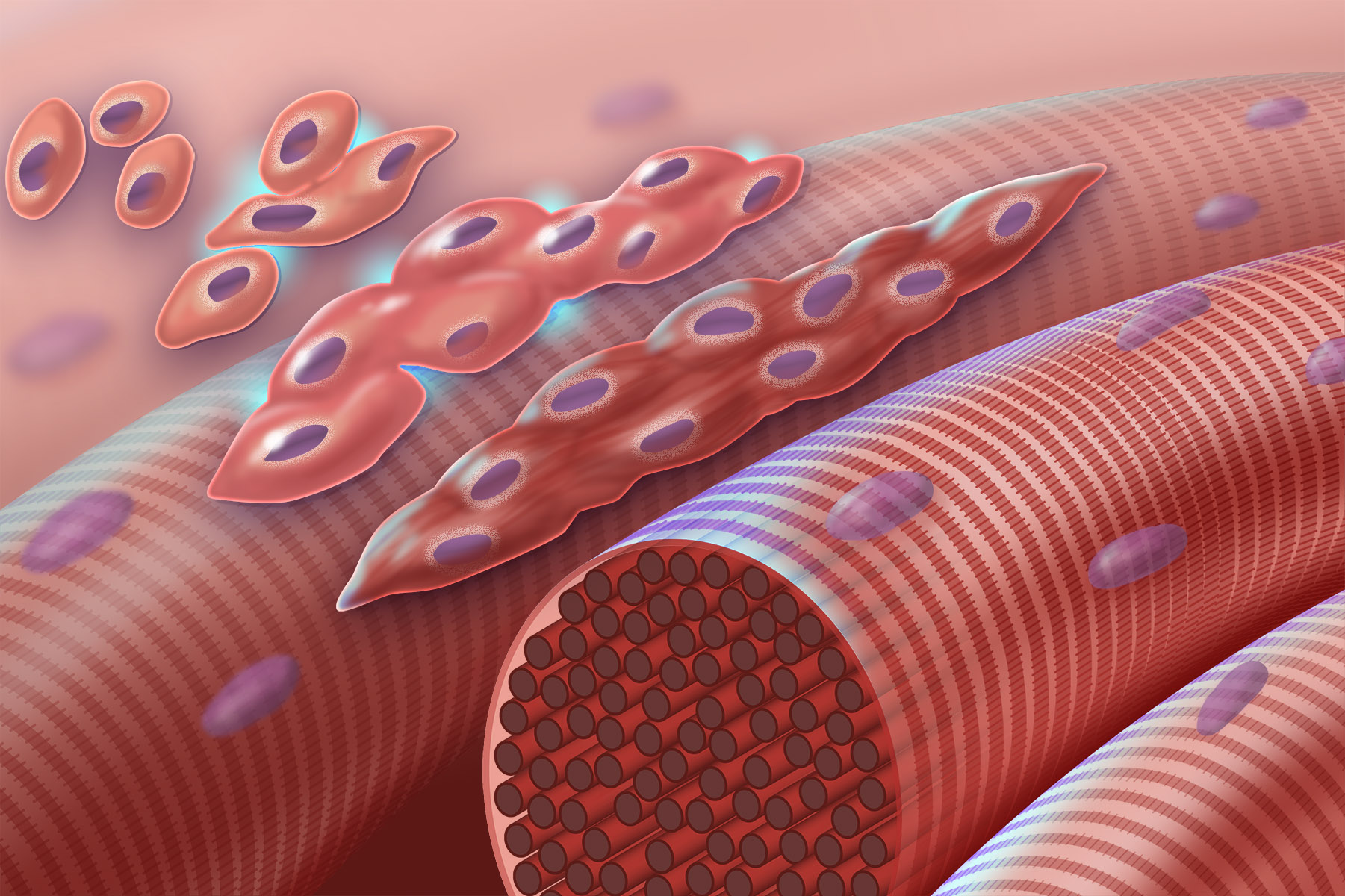|
Pax Genes
In evolutionary developmental biology, Paired box (Pax) genes are a family of genes coding for tissue specific transcription factors containing an N-terminal paired domain and usually a partial, or in the case of four family members (PAX3, PAX4, PAX6 and PAX7), a complete homeodomain to the C-terminus. An octapeptide as well as a Pro-Ser-Thr-rich C terminus may also be present. Pax proteins are important in early animal development for the specification of specific tissues, as well as during epimorphic limb regeneration in animals capable of such. The paired domain was initially described in 1987 as the "paired box" in the ''Drosophila'' protein paired (prd; ). Groups Within the mammalian family, there are four well defined groups of Pax genes. *Pax group 1 (Pax 1 and 9), *Pax group 2 (Pax 2, 5 and 8), *Pax group 3 (Pax 3 and 7) and *Pax group 4 (Pax 4 and 6). Two more families, Pox-neuro and Pax-α/β, exist in basal bilaterian species. Orthologous genes exist throughout the ... [...More Info...] [...Related Items...] OR: [Wikipedia] [Google] [Baidu] |
PAX5
Paired box protein Pax-5 is a protein that in humans is encoded by the ''PAX5'' gene. Function The PAX5 gene is a member of the paired box (PAX) family of transcription factors. The central feature of this gene family is a novel, highly conserved DNA-binding domain, known as the paired box. The PAX proteins are important regulators in early development, and alterations in the expression of their genes are thought to contribute to neoplastic transformation. The PAX5 gene encodes the B-cell lineage specific activator protein (BSAP) that is expressed at early, but not late stages of B-cell differentiation. Its expression has also been detected in developing CNS and testis, therefore, PAX5 gene product may not only play an important role in B-cell differentiation, but also in neural development and spermatogenesis. Clinical significance The PAX5 gene is located in chromosome 9p13 region, which is involved in t(9;14)(p13;q32) translocations recurring in small lymphocytic ... [...More Info...] [...Related Items...] OR: [Wikipedia] [Google] [Baidu] |
PAX3
The PAX3 (paired box gene 3) gene encodes a member of the paired box or Pax genes, PAX family of transcription factors. The PAX family consists of nine human (PAX1-PAX9) and nine mouse (Pax1-Pax9) members arranged into four subfamilies. Human PAX3 and mouse Pax3 are present in a subfamily along with the highly homologous human PAX7 and mouse Pax7 genes. The human PAX3 gene is located in the 2q36.1 chromosomal region, and contains 10 exons within a 100 kb region. Transcript splicing Alternative splicing and processing generates multiple PAX3 isoforms that have been detected at the mRNA level. PAX3e is the longest isoform and consists of 10 exons that encode a 505 amino acid protein. In other mammalian species, including mouse, the longest mRNAs correspond to the human PAX3c and PAX3d isoforms, which consist of the first 8 or 9 exons of the PAX3 gene, respectively. Shorter PAX3 isoforms include mRNAs that skip exon 8 (PAX3g and PAX3h) and mRNAs containing 4 or 5 exons (PAX3a and P ... [...More Info...] [...Related Items...] OR: [Wikipedia] [Google] [Baidu] |
Homeobox
A homeobox is a Nucleic acid sequence, DNA sequence, around 180 base pairs long, that regulates large-scale anatomical features in the early stages of embryonic development. Mutations in a homeobox may change large-scale anatomical features of the full-grown organism. Homeoboxes are found within genes that are involved in the regulation of patterns of anatomical development (morphogenesis) in animals, fungus, fungi, plants, and numerous single cell eukaryotes. Homeobox genes encode homeodomain protein products that are transcription factors sharing a characteristic protein fold structure that binds DNA to regulate expression of target genes. Homeodomain proteins regulate gene expression and cell differentiation during early embryonic development, thus mutations in homeobox genes can cause developmental disorders. Homeosis is a term coined by William Bateson to describe the outright replacement of a discrete body part with another body part, e.g. antennapedia—replacement of t ... [...More Info...] [...Related Items...] OR: [Wikipedia] [Google] [Baidu] |
PAX9
Paired box gene 9, also known as PAX9, is a protein which in humans is encoded by the ''PAX9'' gene. It is also found in other mammals. Expression and function This gene is a member of the paired box (PAX) family of transcription factors. During mouse embryogenesis Pax9 expression starts from embryonic day 8.5 and becomes more evident by E9.5; at this stage its expression is restricted to the pharyngeal endoderm. Later on, Pax9 is also expressed in the axial skeleton. Pax9 is required for craniofacial, tooth and limb development, and may more generally involve development of stratified squamous epithelia as well as various organs and skeletal elements. PAX9 plays a role in the absence of wisdom teeth in some human populations (possibly along with the less well studied AXIN2 and MSX1). Clinical significance This gene was found amplified in lung cancer. The amplification covers three tissue developmental genes - TTF1, NKX2-8, and PAX9. It appears that certain lung can ... [...More Info...] [...Related Items...] OR: [Wikipedia] [Google] [Baidu] |
Thyroid
The thyroid, or thyroid gland, is an endocrine gland in vertebrates. In humans, it is a butterfly-shaped gland located in the neck below the Adam's apple. It consists of two connected lobes. The lower two thirds of the lobes are connected by a thin band of tissue called the isthmus (: isthmi). Microscopically, the functional unit of the thyroid gland is the spherical thyroid follicle, lined with follicular cells (thyrocytes), and occasional parafollicular cells that surround a lumen containing colloid. The thyroid gland secretes three hormones: the two thyroid hormones triiodothyronine (T3) and thyroxine (T4)and a peptide hormone, calcitonin. The thyroid hormones influence the metabolic rate and protein synthesis and growth and development in children. Calcitonin plays a role in calcium homeostasis. Secretion of the two thyroid hormones is regulated by thyroid-stimulating hormone (TSH), which is secreted from the anterior pituitary gland. TSH is regulated by thy ... [...More Info...] [...Related Items...] OR: [Wikipedia] [Google] [Baidu] |
PAX8
Paired box gene 8, also known as PAX8, is a protein which in humans is encoded by the ''PAX8'' gene. Function This gene is a member of the paired box ( PAX) family of transcription factors. Members of this gene family typically encode proteins which contain a paired box domain, an octapeptide, and a paired-type homeodomain. The PAX gene family has an important role in the formation of tissues and organs during embryonic development and maintaining the normal function of some cells after birth. The PAX genes give instructions for making proteins that attach themselves to certain areas of DNA. This nuclear protein is involved in thyroid follicular cell development and expression of thyroid-specific genes. PAX8 releases the hormones important for regulating growth, brain development, and metabolism. Also functions in very early stages of kidney organogenesis, the Müllerian system, and the thymus. Additionally, PAX8 is expressed in the renal excretory system, epithelial cells of t ... [...More Info...] [...Related Items...] OR: [Wikipedia] [Google] [Baidu] |
Satellite Cell
Myosatellite cells, also known as satellite cells, muscle stem cells or MuSCs, are small multipotent cells with very little cytoplasm found in mature muscle. Satellite cells are precursors to skeletal muscle cells, able to give rise to satellite cells or differentiated skeletal muscle cells. They have the potential to provide additional myonuclei to their parent muscle fiber, or return to a quiescent state. More specifically, upon activation, satellite cells can re-enter the cell cycle to proliferate and differentiate into myoblasts. Myosatellite cells are located between the basement membrane and the sarcolemma of muscle fibers, and can lie in grooves either parallel or transversely to the longitudinal axis of the fibre. Their distribution across the fibre can vary significantly. Non-proliferative, quiescent myosatellite cells, which adjoin resting skeletal muscles, can be identified by their distinct location between sarcolemma and basal lamina, a high nuclear-to-cytoplasmi ... [...More Info...] [...Related Items...] OR: [Wikipedia] [Google] [Baidu] |
Myogenesis
Myogenesis is the formation of skeletal muscle, skeletal muscular tissue, particularly during embryonic development. Skeletal muscle#Skeletal muscle cells, Muscle fibers generally form through the fusion of precursor cell, precursor myoblasts into Multinucleate, multinucleated fibers called myotubes. In the early development of an embryo, myoblasts can either cell proliferation, proliferate, or Cellular differentiation, differentiate into a myotube. What controls this choice in vivo is generally unclear. If placed in cell culture, most myoblasts will proliferate if enough fibroblast growth factor (FGF) or another growth factor is present in the medium surrounding the cells. When the growth factor runs out, the myoblasts cease division and undergo terminal differentiation into myotubes. Myoblast differentiation proceeds in stages. The first stage involves cell cycle exit and the commencement of expression of certain genes. The second stage of differentiation involves the align ... [...More Info...] [...Related Items...] OR: [Wikipedia] [Google] [Baidu] |
PAX7
Paired box protein Pax-7 is a protein that in humans is encoded by the ''PAX7'' gene. Function Pax-7 plays a role in neural crest development and gastrulation, and it is an important factor in the expression of neural crest markers such as Slug, Sox9, Sox10 and HNK-1. PAX7 is expressed in the palatal shelf of the maxilla, Meckel's cartilage, mesencephalon, nasal cavity, nasal epithelium, nasal capsule and pons. Pax7 is a transcription factor that plays a role in myogenesis through regulation of muscle precursor cells proliferation. It can bind to DNA as an heterodimer with PAX3. Also interacts with PAXBP1; the interaction links PAX7 to a WDR5-containing histone methyltransferase complex By similarity. Interacts with DAXX too. PAX7 functions as a marker for a rare subset of spermatogonial stem cells, specifically a sub set of Asingle spermatogonia. These PAX7+ spermatogonia are rare in adult testis but are much more prevalent in newborns, making up 28% of germ cells in neona ... [...More Info...] [...Related Items...] OR: [Wikipedia] [Google] [Baidu] |
Ectoderm
The ectoderm is one of the three primary germ layers formed in early embryonic development. It is the outermost layer, and is superficial to the mesoderm (the middle layer) and endoderm (the innermost layer). It emerges and originates from the outer layer of germ cells. The word ectoderm comes from the Greek language, Greek ''ektos'' meaning "outside", and ''derma'' meaning "skin".Gilbert, Scott F. Developmental Biology. 9th ed. Sunderland, MA: Sinauer Associates, 2010: 333-370. Print. Generally speaking, the ectoderm differentiates to form epithelial tissue, epithelial and nervous system, neural tissues (spinal cord, nerves and brain). This includes the Epidermis (skin), skin, linings of the mouth, anus, nostrils, sweat glands, hair and nails, and tooth enamel. Other types of epithelium are derived from the endoderm. In vertebrate embryos, the ectoderm can be divided into two parts: the dorsal surface ectoderm also known as the external ectoderm, and the neural plate, which inv ... [...More Info...] [...Related Items...] OR: [Wikipedia] [Google] [Baidu] |
Homology (biology)
In biology, homology is similarity in anatomical structures or genes between organisms of different taxa due to shared ancestry, ''regardless'' of current functional differences. Evolutionary biology explains homologous structures as retained heredity from a common descent, common ancestor after having been subjected to adaptation (biology), adaptive modifications for different purposes as the result of natural selection. The term was first applied to biology in a non-evolutionary context by the anatomist Richard Owen in 1843. Homology was later explained by Charles Darwin's theory of evolution in 1859, but had been observed before this from Aristotle's biology onwards, and it was explicitly analysed by Pierre Belon in 1555. A common example of homologous structures is the forelimbs of vertebrates, where the bat wing development, wings of bats and origin of avian flight, birds, the arms of primates, the front flipper (anatomy), flippers of whales, and the forelegs of quadrupedalis ... [...More Info...] [...Related Items...] OR: [Wikipedia] [Google] [Baidu] |





